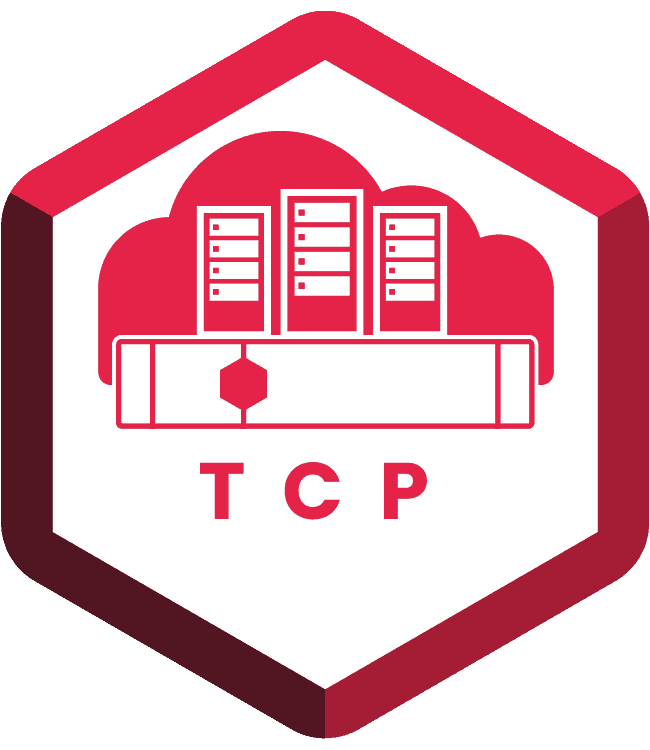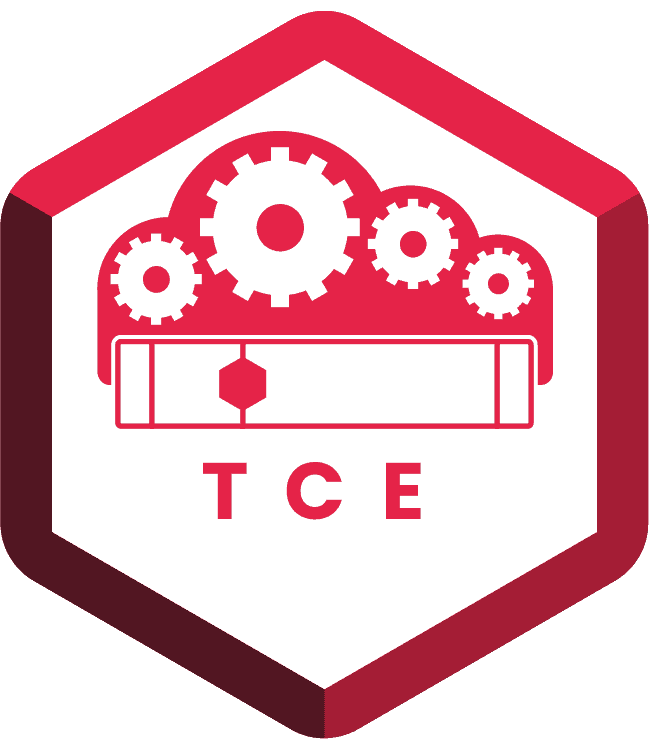- KEY TAKEAWAYS
- The global VDI market is forecasted to grow by more than 27 percent from 2016-2020. Higher education must adapt to a rapidly changing market to keep pace with the demand in digital learning via virtualized platforms.
- While numerous institutions have invested in virtualized servers, many are beginning to virtualize desktops to save money and simplify access to their users. IT leaders are also using virtual desktops within shared computer labs to give students access on their desktops and personal devices. Virtualized desktops are also replacing administrative desktop PCs to save money and improve security.
- Tintri VMStore enhances visibility into the VM-storage environment for fast deployment as well as accurate and early capacity planning. This approach lowers costs and dramatically improves speeds and reduces the complexity of provisioning, deploying, and maintaining technology footprints.
Abilene Christian University (ACU) is a private educational institution affiliated with the Church of Christ. Founded in 1906 in Abilene, Texas, the University enrolls 4,500 undergraduate and graduate students.
Starting in 2007, ACU began virtualizing its IT environment to reduce its physical footprint and save money. In 2014, the university wanted to replace one of its aging legacy storage arrays in its virtual environment. The complexity of the traditional storage systems made it difficult to collect accurate metrics on capacity usage.
ACU purchased a Tintri VMstore, which they racked and configured in less than 30 minutes. The Tintri system provides the capacity and power needed to grow with ACU. Its smaller footprint uses less power and enables it to consolidate its data center more effectively.
ACU is able to understand what is going on at the per-VM and per-VMDK levels of a given system. IT admins can perform more accurate forecasting, because they don’t have to deal with different RAID group levels, different storage pool arrangements, or maintain separate safety margins for storage growth across each of the multiple LUNs and data stores.
“With Tintri VMStore, we have far better visibility into our storage environment than ever before,” said Jonathan Gray, system administrator at ACU. “We are now able to understand what is going on from a per-VM or even a per-VMDK level of a given system. It’s very refreshing not having to deal with all of the ‘black magic’ that goes on behind the curtain with traditional storage systems anymore.”
With an increase of the tech-savvy students and replacement of textbooks with video and digital distance learning, the education system is plunging into a new content landscape. According to the Online Learning Consortium, 5.8 million – an increase of 263 percent – students enrolled in online courses over the last 12 years. To support this tremendous growth, higher education institutions must creatively leverage technology to help teachers and staff fully engage students and deliver the best possible education experiences. Keeping up with technology trends and advancements helps the education system protect its infrastructure investments and minimize total cost of ownership.
Universities are virtualizing desktop infrastructures and consolidating servers to shrink their IT footprints, decrease power consumption and accelerate their applications. Tintri customers are leading this trend by leveraging VM-Aware Storage (VAS) to better manage their VM deployments. Here are three examples.
Tintri Scale-Out and Tintri Analytics brings VM-awareness to a new layer of VM management. We’ve already pioneered VM-aware storage arrays. Now, it’s time for more.
University of California Irvine (UCI) is a public research university and one of the 10 general campuses in the massive UC system. UCI currently enrolls more than 30,000 students, and employs more than 1,100 faculty members and 9,000 staff.
UCI relied on storage arrays from one of the traditional, legacy vendors. They needed faster-performing alternative to their disk-based solution that could keep up with demands along with a way to measure performance and diagnose system performance problems. Even with the vendor’s monitoring software they couldn’t tell which VMs were causing the slowdowns.
After implementing Tintri’s VMstore, UCI can detect performance issues from data off the vCenter ESX hosts, without any guesswork. Tintri reports on every VM as well as at the VMDK level. Tintri also uses ‘thin on thin’ provisioning of VMDKs on NFS. UCI can also add encryption at any time, while other solutions require additional self-encrypting disks that are available only at the time of purchase. UCI can now add encryption when they need it. Tintri provides the insights UCI needs to quickly diagnose troublesome VMs.
“We came in one morning and noticed that one of our VMs had ‘gone berserk’ overnight,” said John Ward, UCI IT enterprise architect. “We have a 10Gb connection and this particular VM was driving 3Gb of the network bandwidth. With just three clicks, Tintri could tell us exactly which VM was generating all of the load. We were able to fix the issue quickly with that knowledge. But the impressive thing was despite all of the IOPS and bandwidth this VM was consuming, everything else on the Tintri was still performing very well with under two milliseconds of latency.”
Washington State University (WSU) is a nationally recognized public research university with more than 26,000 students. The College of Engineering and Architecture (CEA) at WSU wanted to virtualize student desktops to improve performance, reduce costs and improve security. Initial attempts to deploy a VDI solution were unsuccessful.
The university’s existing storage systems had become a bottleneck and were difficult to manage. IT administrators could get performance and capacity utilization at the datastore level on existing storage systems, but not at the individual VM and vDisk level. Extracting performance metrics from existing systems was cumbersome and rarely helped troubleshoot issues in real-time. Hidden software licensing costs were also a problem, as WSU had to pay for every little data management feature, on a feature-by-feature basis. There was no easy way to quantify the costs up-front.
“Since implementing Tintri VMStore for VDI, we don’t have performance bottlenecks,” says Ryan Makamson, WSU systems administrator. “The CEA at WSU has deployed hundreds of virtual desktops on a single Tintri system, resulting in substantial operational savings. There are no hidden licensing costs, which helps in this tight higher- education budget environment. Tintri’s GUI provides granular performance and capacity metrics, which simplify administration – we would have certainly benefited from this on our previous arrays.”





